The History of the Ford Mustang: An Iconic American Muscle Car
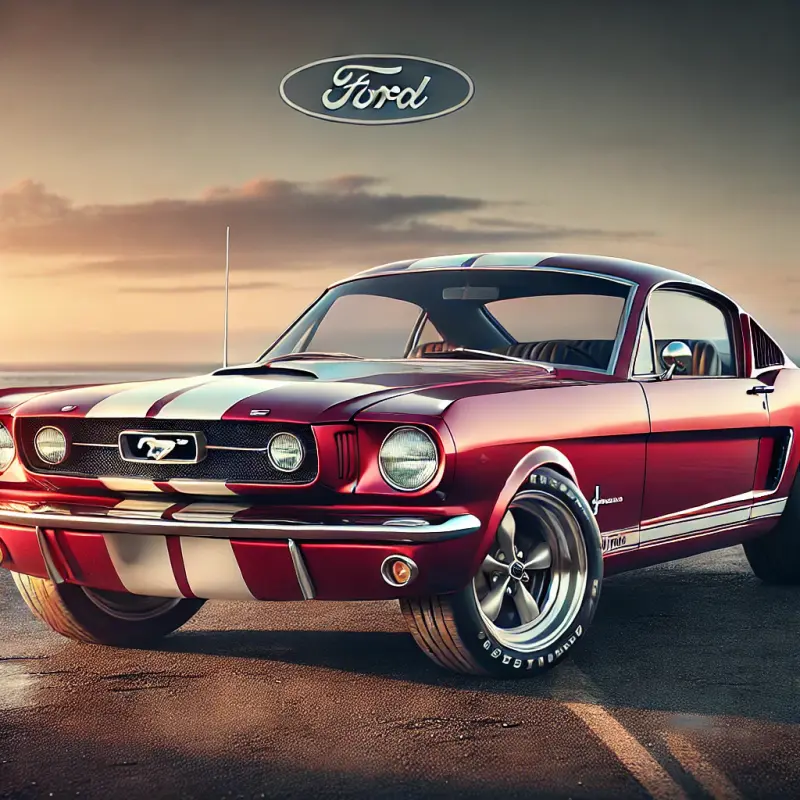
The Ford Mustang, a name that has become synonymous with American muscle, performance, and freedom, is one of the most iconic cars in the world. Since its debut in 1964, the Mustang has captured the hearts and minds of car enthusiasts, casual drivers, and collectors alike. Its rich history is intertwined with the development of American automotive culture, innovation, and the ever-changing tastes of consumers. In this blog, we’ll take a comprehensive look at the history of the Ford Mustang, from its humble beginnings to its status as a symbol of automotive excellence.
The Birth of the Mustang: The 1960s
The Ford Mustang was born out of a simple desire to create an affordable, stylish, and performance-oriented vehicle for young Americans. In the early 1960s, Ford realized there was a gap in the market for a sporty car that was affordable for middle-class buyers. At the time, compact cars were dominating the market, but they lacked the power and excitement that many drivers wanted. Ford wanted to create a car that appealed to youthful energy while also offering performance and style.
The Vision of Lee Iacocca
The visionary behind the Ford Mustang’s creation was Lee Iacocca, a Ford executive who recognized the potential for a car that could combine the practicality of a compact car with the excitement of a sports car. Iacocca, along with a team of engineers and designers, began developing the Mustang in the early 1960s. The goal was to create a car that was both affordable and capable of offering thrilling performance.
The Debut: The 1964 1/2 Mustang
The Mustang made its official debut on April 17, 1964, at the New York World’s Fair. Ford had carefully planned the launch, and the Mustang was marketed as a car that was affordable, stylish, and fun to drive. The 1964 1/2 model was not only visually stunning but also offered a range of performance options, making it a car that could be customized to suit various tastes and preferences.
The first-generation Mustang was powered by a variety of engine options, including a 170-cubic inch six-cylinder engine and a 260-cubic inch V8 engine, which delivered solid performance for the time. However, it was the 289-cubic inch V8 that really captured the attention of performance enthusiasts. The Mustang’s sleek design, which included long hood lines, short rear deck, and a wide stance, made it stand out among other cars on the road. The Mustang quickly became a cultural icon, appealing to a young generation of drivers who wanted a car that reflected their freedom and independence.
The Mustang and the “Pony Car” Market
The Ford Mustang is credited with creating the “pony car” segment, a new category of affordable, high-performance vehicles that combined the style of a sports car with the practicality of a compact sedan. The Mustang’s success sparked a wave of competitors, including the Chevrolet Camaro, Pontiac Firebird, and Dodge Challenger, all of which sought to capitalize on the popularity of the Mustang. The success of the Mustang in the 1960s is often seen as the birth of the muscle car era in America, a period defined by powerful engines, aggressive styling, and high-speed performance.
The Mustang in the 1970s: The Muscle Car Era
The 1970s were a transformative time for the Ford Mustang, as the muscle car era began to reach its peak. The Mustang’s design evolved, and performance options expanded to meet the growing demand for more power and speed. However, as the decade wore on, the automotive industry faced increased regulations and rising fuel prices, which had a significant impact on the Mustang’s performance.
The 1970 Mustang: Peak Performance
The 1970 model year saw the introduction of some of the most powerful engines ever offered in the Mustang. The top-tier engine was the 428-cubic inch Cobra Jet V8, which produced a staggering 335 horsepower. This was the peak of the muscle car era, and the Mustang was at the forefront of the performance scene. The 1970 Mustang featured a more aggressive design, with a wider grille and more muscular body lines, giving it a distinct, menacing presence on the road.
The Changing Landscape: The 1970s Oil Crisis and Emissions Regulations
Despite the success of the early 1970s, the Mustang was not immune to the changing landscape of the automotive industry. The 1973 oil crisis, combined with increasing emissions regulations, forced manufacturers to rethink their approach to performance. In response to these challenges, Ford introduced the smaller, more fuel-efficient Mustang II in 1974. While the Mustang II still retained some of the Mustang’s styling cues, it was a far cry from the high-performance muscle cars of the late 1960s and early 1970s.
The Mustang II was powered by smaller four-cylinder and six-cylinder engines, which significantly reduced its performance capabilities. However, the Mustang II did offer a more compact and affordable option for buyers, and it continued to be a popular choice for consumers looking for an economical vehicle. While it was not as powerful as its predecessors, the Mustang II kept the Mustang name alive during a time of significant change in the automotive industry.
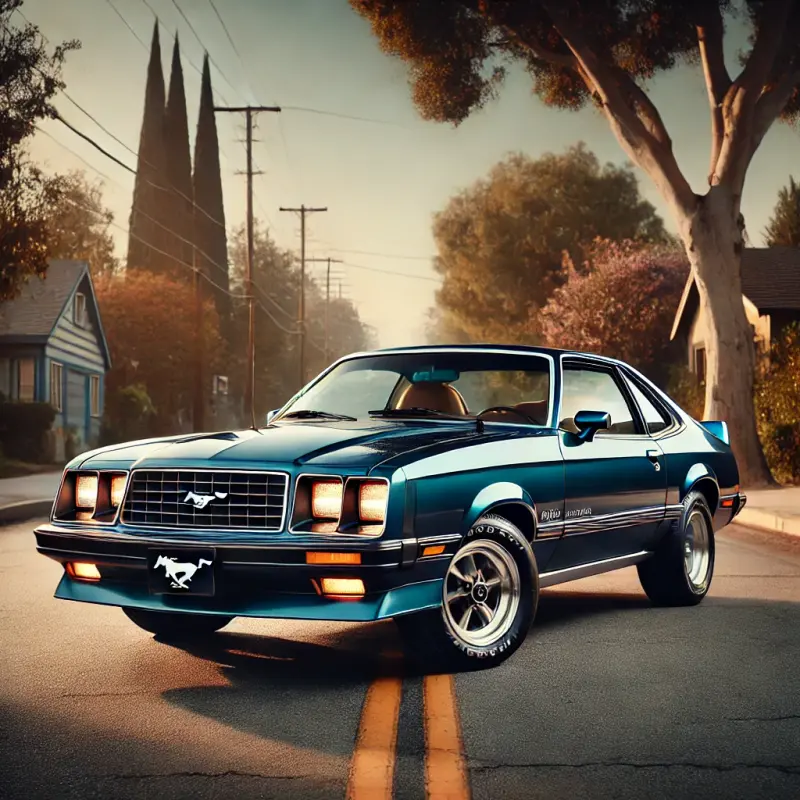
The Mustang in the 1980s: A Return to Performance
The 1980s marked a resurgence for the Ford Mustang, as the American muscle car once again began to regain its popularity. Ford responded to the growing demand for more powerful vehicles by reintroducing the Mustang as a performance-oriented car with a modern twist. The third-generation Mustang, introduced in 1979, featured a new design, improved performance, and a return to V8 power.
The 1980s: The Fox Body Mustang
One of the most iconic Mustang generations is the Fox Body, which was produced from 1979 to 1993. This generation of Mustang marked a shift in both design and performance, offering a more aerodynamic and modern look compared to previous models. The Fox Body Mustang was available with a variety of engines, including a 5.0-liter V8 that delivered impressive horsepower and torque.
The 1980s also saw the reintroduction of performance-oriented models, such as the Mustang GT and the Mustang SVO (Special Vehicle Option). These models offered more power, better handling, and improved performance, helping the Mustang reclaim its place in the muscle car scene.
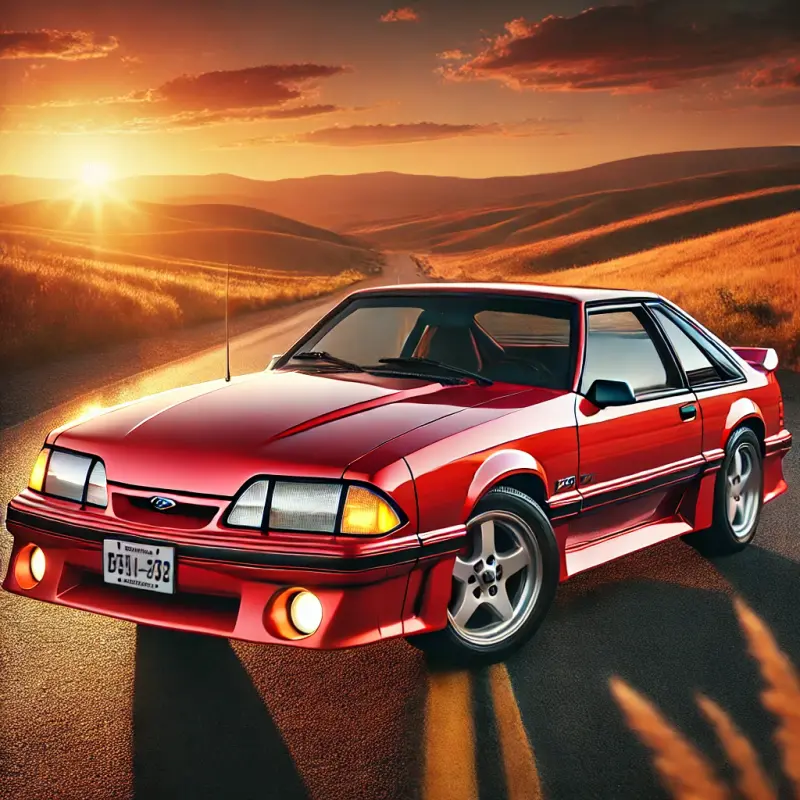
The Mustang in the 1990s and 2000s: Modernization and Performance
The 1990s and 2000s were periods of modernization and refinement for the Ford Mustang. Ford continued to evolve the Mustang, introducing new design elements and improving its performance capabilities to meet the demands of a new generation of drivers.
The 1990s: The Fourth Generation Mustang
In the early 1990s, Ford introduced the fourth-generation Mustang, which featured a more rounded, aerodynamic design compared to its predecessors. The Mustang’s performance options also improved, with the introduction of the 5.0-liter V8 engine in the GT model. The 1990s also saw the introduction of the SVT Cobra, a high-performance version of the Mustang that was designed to compete with the likes of the Chevrolet Camaro Z28 and the Pontiac Firebird Trans Am.
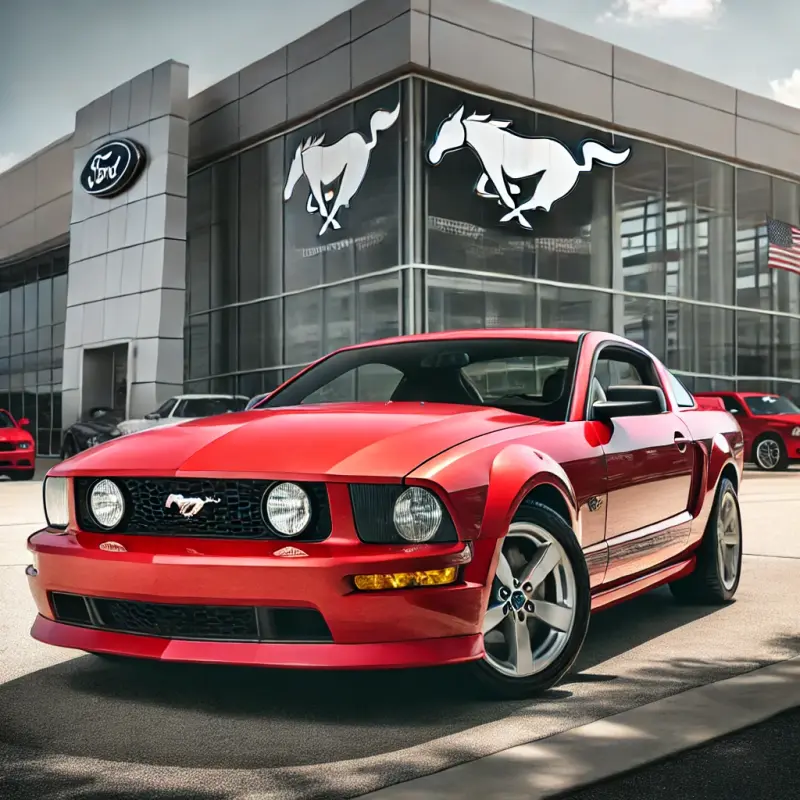
The 2000s: The Fifth Generation Mustang and the Return to Classic Styling
The fifth-generation Mustang, introduced in 2005, was a major milestone for the iconic vehicle. Ford returned to the classic styling of the original 1960s Mustang, incorporating retro design elements while also adding modern touches. The new Mustang featured a powerful V6 and V8 engine lineup, including the legendary 5.4-liter supercharged V8 in the Mustang Shelby GT500, which delivered an incredible 500 horsepower.
The return to classic styling, combined with modern performance and technology, helped the Ford Mustang reclaim its place as an American icon. The Mustang became more than just a car—it became a symbol of American automotive excellence and a celebration of freedom and performance.
The Mustang Today: The Sixth and Seventh Generations
The Ford Mustang has continued to evolve and grow, with the sixth-generation Mustang introduced in 2015 and the seventh-generation model debuting in 2023. These modern Mustangs incorporate cutting-edge technology, enhanced performance, and a commitment to preserving the car’s iconic styling and heritage.
The Sixth Generation: Globalization and New Technologies
The sixth-generation Mustang, which debuted in 2015, was the first Mustang to be sold globally. For the first time, the Mustang was available in markets outside North America, making it a true international icon. The sixth-generation Mustang featured updated styling, a more refined interior, and new engine options, including a turbocharged four-cylinder, V8, and a high-performance Shelby GT350 model.
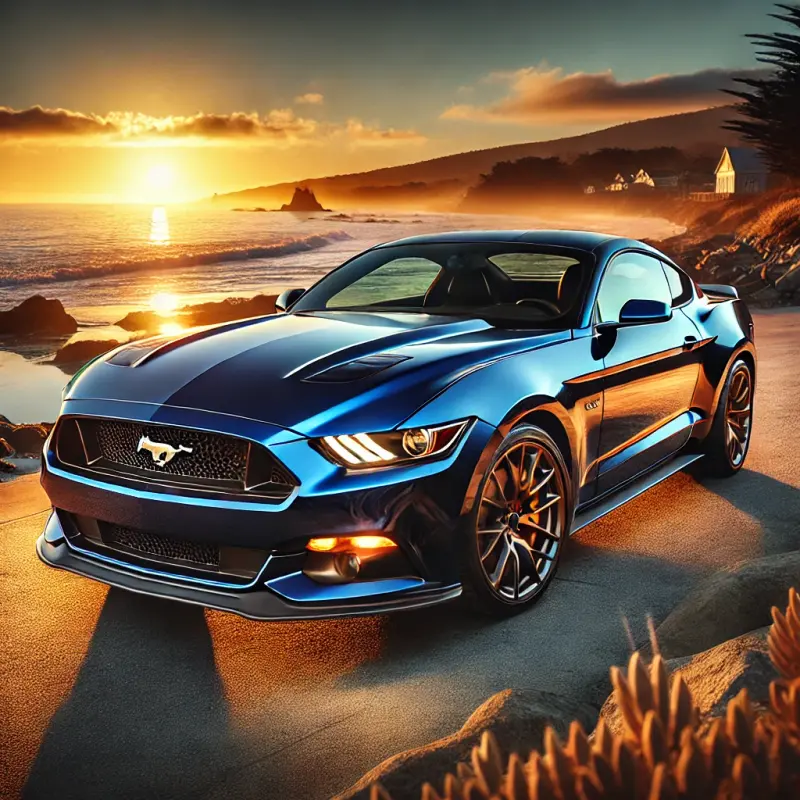
The Seventh Generation: Embracing the Future of Performance
The seventh-generation Mustang, introduced in 2023, represents the next step in the Mustang’s evolution. This generation features an updated design, new technology, and improved performance capabilities. The Mustang continues to be available with a variety of powerful engine options, including a V8 engine, and a commitment to delivering thrilling performance on the road.
Conclusion: The Legacy of the Ford Mustang
The Ford Mustang is not just a car; it’s a symbol of freedom, performance, and American automotive culture. From its debut in 1964 to its continued success today, the Mustang has captured the hearts of car enthusiasts around the world. Its legacy is built on innovation, design, and an unwavering commitment to delivering an exceptional driving experience. The Mustang has stood the test of time and remains an enduring symbol of American performance and style.
As we look to the future, the Ford Mustang will undoubtedly continue to evolve and adapt to new technologies and consumer preferences. However, one thing will remain unchanged: the Mustang’s status as an iconic American muscle car that embodies the spirit of adventure, freedom, and performance. Whether you’re a lifelong fan or a newcomer to the Mustang legacy, there’s no denying that the Ford Mustang will always hold a special place in the hearts of automotive enthusiasts.